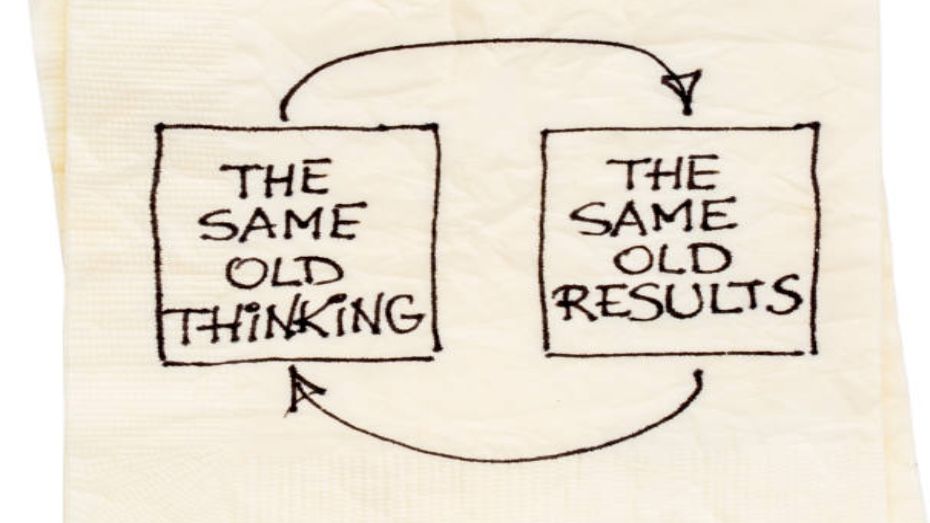A positive feedback loop is a process where the output or result of a system leads to an increase in the input, which in turn leads to further increases in the output. This creates a cycle where the output keeps increasing, leading to more input, which leads to even more output. In other words, the system reinforces itself in a self-amplifying way.
In a positive feedback loop, the output acts as a stimulus for more output, and this can lead to exponential growth or escalation. Positive feedback loops can be found in many different systems, including biological, ecological, social, and economic systems.
Examples of positive feedback loops include:
- The melting of Arctic sea ice due to global warming. As the ice melts, it exposes more dark ocean water, which absorbs more heat from the sun, leading to further melting of the ice.
- The spread of a rumor or fake news on social media. As more people share the information, it becomes more widespread, leading to even more sharing and amplification of the message.
- The release of oxytocin during childbirth. As the hormone is released, it stimulates contractions, leading to further release of oxytocin, which further strengthens contractions.

Positive feedback loops can have both positive and negative effects, depending on the system they are operating in. While they can lead to rapid growth and amplification, they can also lead to instability and unpredictability. Understanding and managing positive feedback loops is important in many different fields, including biology, ecology, economics, and social sciences.
Negative behaviors with positive feedback loops
Negative behaviors with positive feedback loops are actions that provide immediate pleasure or relief but ultimately lead to negative consequences in the long term. These behaviors reinforce themselves through positive feedback loops, making it challenging for individuals to break these habits.
One common example of negative behavior with a positive feedback loop is drug or alcohol abuse. Drugs and alcohol provide immediate pleasure and relief, but they can lead to addiction, health problems, and negative consequences in the long term.
Another example is binge-eating, which can provide short-term relief but leads to weight gain, health problems, and decreased self-esteem. Similarly, excessive gaming or social media usage can provide immediate pleasure, but they can lead to addiction, decreased productivity, and social isolation.
Procrastination is another negative behavior with a positive feedback loop. When someone procrastinates, they feel immediate relief from the stress of a task, but they often end up feeling guilty and overwhelmed in the long term when the deadline approaches.
Overall, negative behaviors with positive feedback loops may provide temporary relief or pleasure, but they often lead to negative consequences that can be challenging to overcome.
Positive behaviors with positive feedback loops
Positive behaviors with positive feedback loops are actions that provide immediate satisfaction and positive consequences in the long term, reinforcing the behavior and making it more likely to continue. These behaviors can be beneficial for personal growth, productivity, and well-being.
One example of a positive behavior with a positive feedback loop is exercise. When someone exercises, they often feel immediate satisfaction from endorphins and the sense of accomplishment from completing a workout. In the long term, regular exercise can lead to physical and mental health benefits, increased energy levels, and improved self-esteem, all of which further reinforce the positive behavior of exercising.
Another example of a positive behavior with a positive feedback loop is practicing a skill, such as playing an instrument or learning a language. The immediate satisfaction of progress and improvement can lead to increased motivation and dedication to continue practicing, which leads to greater mastery of the skill and further satisfaction.
Positive social interactions are also a behavior with a positive feedback loop. When someone has positive social interactions, they often feel immediate satisfaction and positive emotions, such as happiness or contentment. In the long term, positive social interactions can lead to deeper relationships, increased social support, and improved well-being, all of which further reinforce the positive behavior of engaging in social activities.
Overall, positive behaviors with positive feedback loops provide immediate satisfaction and long-term benefits, making them valuable for personal growth, well-being, and productivity.
How to create a positive feedback loop for what matters
People can use positive feedback loops to make changes in their life by harnessing the power of positive reinforcement to create a cycle of progress and improvement. Here are some ways to do this:
1. Set small goals and celebrate achievements:
Break down larger goals into smaller, achievable ones, and celebrate each success along the way. By doing this, people can create a positive feedback loop where each small success motivates them to keep going.
2. Create positive habits:
Develop positive habits that reinforce each other. For example, exercise can lead to increased energy levels, which in turn can motivate people to eat healthier, leading to further improvements in energy levels.
3. Use positive self-talk:
Use positive self-talk and affirmations to reinforce positive beliefs and behaviors. For example, saying “I am capable of achieving my goals” can help to reinforce a growth mindset and motivate people to keep working towards their goals. Start a practice of gratitude.
4. Surround yourself with positive influences:
Surround yourself with positive people, ideas, and environments that reinforce positive beliefs and behaviors. This can help to create a positive feedback loop where positive influences reinforce each other.
5. Keep track of progress:
Keep track of progress and celebrate each milestone. This can help to create a positive feedback loop where progress reinforces motivation and momentum.
By using positive feedback loops in these ways, people can create a virtuous cycle of progress and improvement, where each small success reinforces positive behaviors and beliefs, leading to further success and growth.
